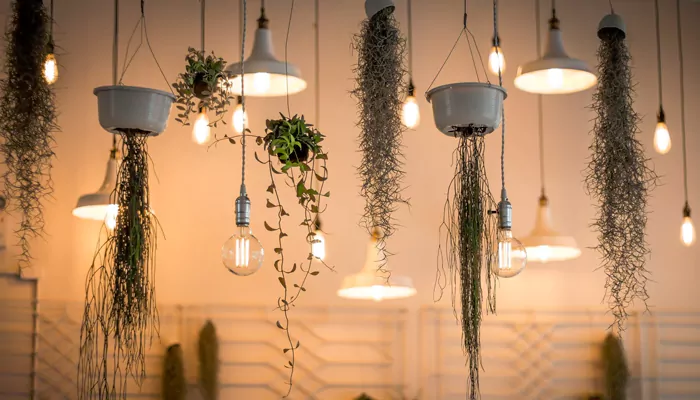
Concrete, a material long associated with heavy construction and industrial applications, has undergone a remarkable transformation, finding its way into the world of furniture and interior design. This evolution has revolutionized the way we perceive this versatile substance. While traditionally utilized for structural purposes in the construction of buildings and infrastructure, concrete's unique characteristics, including durability, strength, and moldability, have inspired designers and architects to explore its potential in creating innovative and aesthetically appealing furniture and interior products. This article will delve into the various aspects of concrete's integration into the world of design, exploring its history, manufacturing process, advantages, limitations, and diverse applications.
A Brief History of Concrete in Design
Concrete boasts a rich historical legacy that stretches back to ancient civilizations. The Romans, renowned for their architectural prowess, were pioneers in using concrete to construct awe-inspiring structures like the Pantheon and aqueducts. In more recent history, the Industrial Revolution ushered in significant advancements in concrete technology, establishing it as a prominent building material. However, it was only in the 20th century that concrete began to be considered for artistic and design purposes. Visionaries like Le Corbusier and Frank Lloyd Wright embarked on experiments with concrete in their architectural projects, sparking interest in its potential for interior applications.
The Manufacturing Process
The manufacturing process of concrete furniture and interior products involves combining cement, water, aggregates, and sometimes additives to create a pliable mixture that can be molded into various shapes. Once poured into molds, the concrete is left to cure and harden, resulting in a sturdy and durable finished product. The use of different aggregates, like sand, gravel, or crushed stone, can profoundly influence the appearance and texture of the final piece.
Advantages of Concrete in Furniture and Interior Products
Durability: Concrete's exceptional durability ensures that furniture and interior products made from this material can withstand wear and tear, making them long-lasting investments.Design Flexibility: Concrete's malleability when in its liquid state allows for endless design possibilities. From sleek and minimalist to intricate and textured designs, concrete can adapt to various aesthetics.Aesthetic Appeal: The raw, industrial beauty of concrete has become a popular choice for modern and contemporary interior designs, adding a touch of rugged elegance to spaces.Fire Resistance: Concrete's innate fire-resistant properties make it a safe choice for various interior applications, offering peace of mind to homeowners and designers.Sustainability: Concrete is an eco-friendly material, especially when produced with locally sourced aggregates and minimal transportation needs. Additionally, it can be recycled and reused in future projects.Customization: Pigments, aggregates, and additives can be added to the concrete mix to create custom colors, textures, and finishes, enabling designers to craft truly unique pieces.Versatility: Concrete can be used to create a wide range of furniture and interior products, including tables, countertops, sinks, shelves, lighting fixtures, and even decorative objects.
Limitations and Challenges
While concrete offers numerous advantages, it also comes with some limitations and challenges that designers need to consider:
Weight: Concrete furniture and products can be quite heavy, which may pose installation and transportation challenges.Cracking: Improper curing or structural stress can lead to cracking over time, affecting the appearance and integrity of the piece.Coldness: Concrete can feel cold to the touch, which might not be ideal for certain furniture applications without the addition of insulating materials.Cost: High-quality concrete pieces can be relatively expensive due to the labor-intensive manufacturing process and the use of premium materials.Maintenance: While durable, concrete requires proper maintenance to prevent staining and to preserve its appearance over time.
Applications in Furniture and Interior Design
Concrete's adaptability has led to its integration into various furniture and interior products:
Concrete Tables: Concrete tabletops offer a unique and sturdy surface for dining and coffee tables. They can be molded into various shapes and paired with different base materials, such as wood or metal, for added contrast.Concrete Countertops: In kitchens and bathrooms, concrete countertops are gaining popularity for their contemporary appearance and durability.Concrete Sinks: Custom concrete sinks bring an artistic element to bathrooms and kitchens, with their fluid and sculptural forms.Concrete Lighting Fixtures: Pendant lights and lamps made from concrete exude a modern and industrial vibe, casting intriguing shadows and light patterns.Concrete Shelving: Concrete shelves combine functionality with aesthetic appeal, providing storage solutions that are both practical and stylish.Concrete Wall Panels: Decorative concrete panels can be used to create textured accent walls, adding depth and character to interior spaces.Concrete Home Accessories: Beyond furniture, concrete is utilized to craft smaller items like vases, planters, and decorative objects, infusing spaces with a touch of contemporary elegance.
In conclusion, concrete's journey from being a construction material to an integral part of furniture and interior design showcases its adaptability and potential. Its history, manufacturing process, advantages, and applications in design underscore its versatility and enduring appeal. While it comes with certain challenges, the unique aesthetic and functional advantages it offers make concrete a compelling choice for those looking to create distinctive and durable interior spaces. As design trends continue to evolve, concrete remains a material that adds a touch of industrial sophistication and modern elegance to our homes and commercial spaces.
(Suhani Lal Sanghra, Founder, Sparc Design)
Disclaimer: This Article is auto-generated from the IANS news service.












